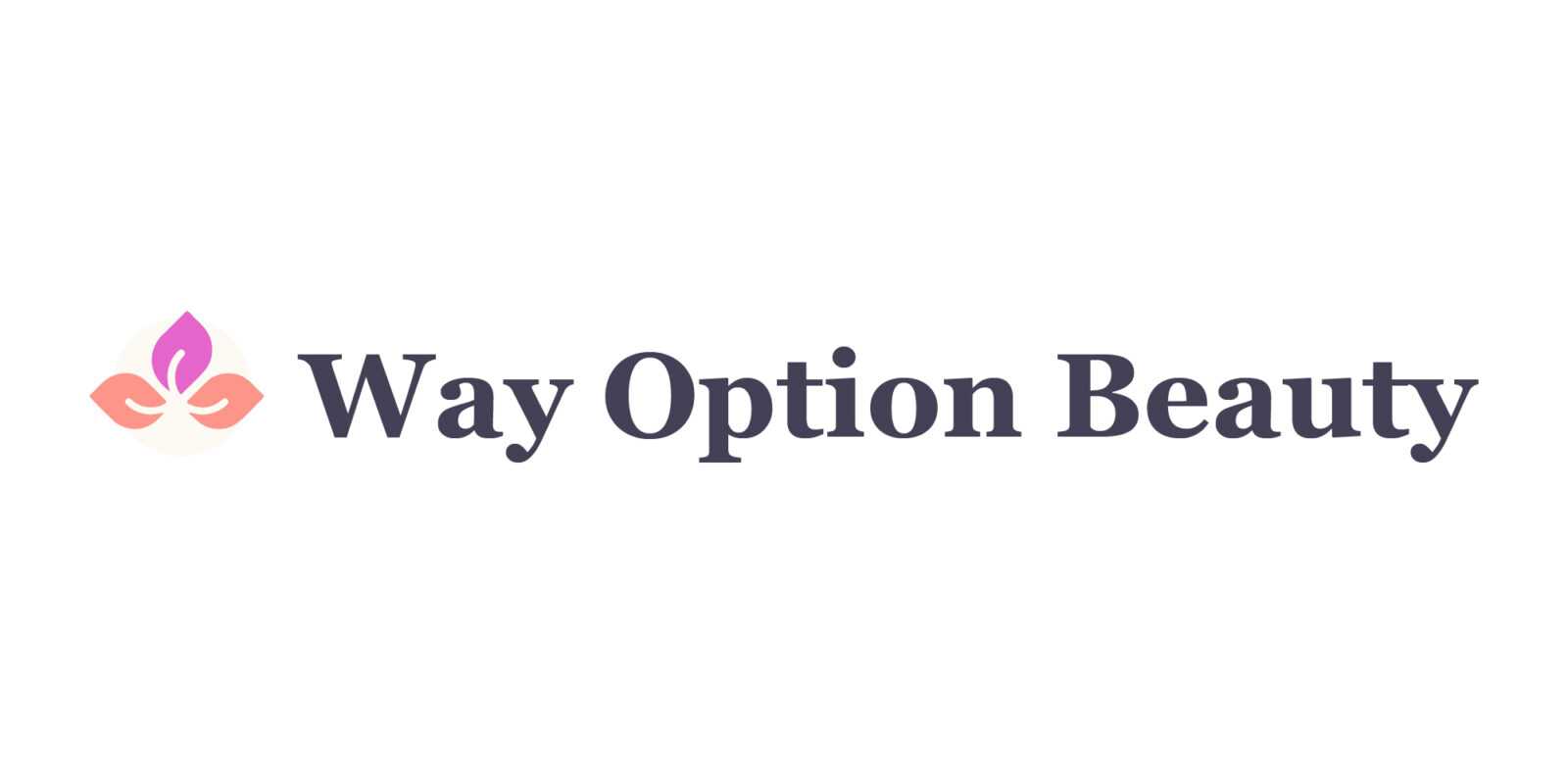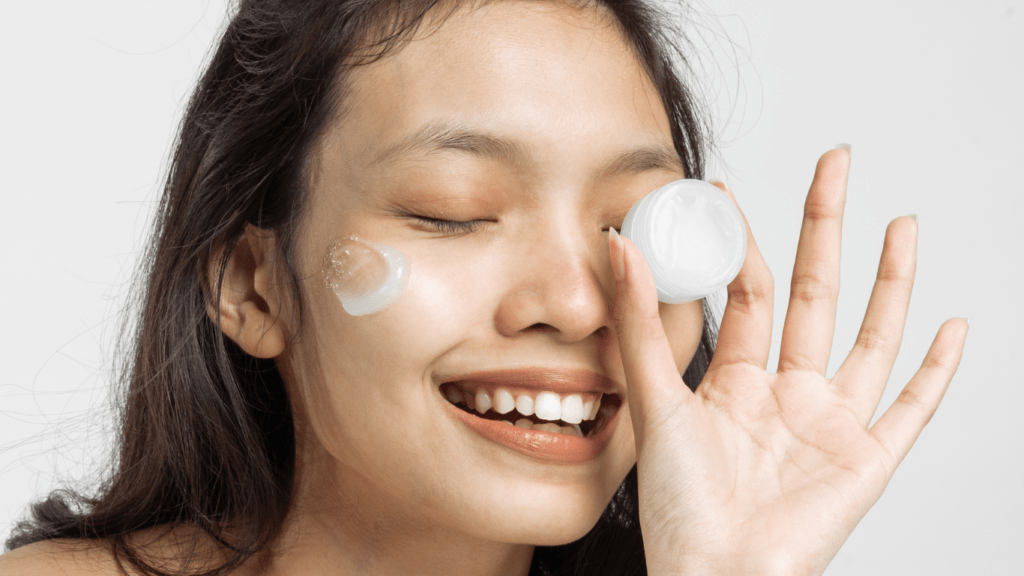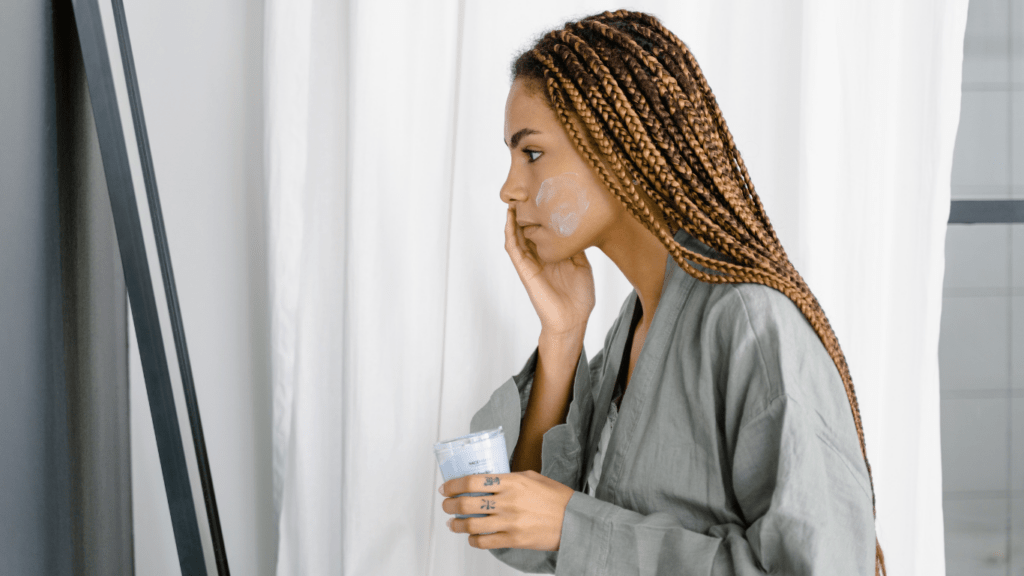Overview of Beauty Mergers and Acquisitions
Mergers and acquisitions (M&A) in the beauty industry have surged in recent years, reflecting strategic growth and market consolidation. Major brands are acquiring smaller startups to diversify their product ranges and enter new market segments. This trend impacts consumers in various ways.
Key drivers for these M&As include access to innovative technologies, expansion into new geographic markets, and diversification of product portfolios. Beauty giants like L’Oréal and Estée Lauder have acquired niche brands like Urban Decay and Too Faced, enhancing their appeal to younger, trend-conscious consumers.
Strategic partnerships also play a crucial role. For example, P&G acquired First Aid Beauty to strengthen its skincare offerings, and Shiseido bought Drunk Elephant to capture the clean beauty market. These moves often result in expanded product lines and improved formulations.
Consumers benefit from these mergers through increased access to high-quality, innovative products. However, there are concerns regarding the potential loss of brand authenticity and unique product formulations, which can occur when smaller brands undergo changes in ownership.
Here are some notable recent beauty M&As:
| Parent Company | Acquired Brand | Year |
|---|---|---|
| L’Oréal | Youth to the People | 2021 |
| Estée Lauder | DECIEM (The Ordinary) | 2021 |
| Coty | Kylie Cosmetics | 2019 |
| P&G | First Aid Beauty | 2018 |
| Shiseido | Drunk Elephant | 2019 |
Understanding these industry shifts helps consumers make informed decisions about their beauty purchases. As the landscape continues to evolve, staying updated on M&A activities remains crucial.
Major Recent Mergers and Acquisitions
The beauty industry has seen several high-profile mergers and acquisitions in recent years. These strategic moves are redefining the market landscape and impact consumer choices.
High-Profile Deals
Several significant deals have occurred recently. L’Oréal acquired Youth to the People in December 2021, a brand known for its eco-friendly skincare products. This acquisition expands L’Oréal’s portfolio with sustainable and vegan formulations. Estée Lauder’s acquisition of DECIEM, parent company of The Ordinary, in March 2021, is another noteworthy deal. DECIEM specializes in affordable clinical skincare, which strengthens Estée Lauder’s position in the science-driven beauty market.
Another major deal includes Shiseido’s purchase of Drunk Elephant in October 2019 for $845 million. Drunk Elephant, a clean beauty brand, diversifies Shiseido’s offerings in the natural skincare segment. Coty acquired a 51% stake in Kylie Cosmetics for $600 million in November 2019. This partnership allows Coty to leverage Kylie Jenner’s massive social media following and expand its reach among younger consumers.
Emerging Player Investments
Investments in emerging players underscore the industry’s focus on innovation. Unilever acquired Paula’s Choice in June 2021. Paula’s Choice, known for its evidence-based skincare, adds strength to Unilever’s prestige beauty segment. Procter & Gamble (P&G) bought a minority stake in the niche skincare brand, Farmacy, in November 2020. Farmacy’s farm-to-face formulations align with the rising consumer demand for natural and clean beauty products.
In November 2021, Beiersdorf purchased a majority stake in S-Biomedic, a microbiome research company. This deal marks Beiersdorf’s entry into the rapidly growing field of microbiome skincare. Finally, Puig acquired a majority stake in the sustainable fragrance brand Loto del Sur in February 2021, supporting its strategy to incorporate sustainable and locally-sourced ingredients.
Impacts on the Beauty Industry

Mergers and acquisitions significantly affect the beauty industry. These strategic moves reshape market dynamics and the competitive landscape, influencing consumer experiences and brand offerings.
Market Dynamics
Consolidations transform market dynamics by merging resources and expertise. Larger beauty conglomerates, like L’Oréal and Estée Lauder, often absorb smaller niche brands. These acquisitions can provide broader distribution networks and increased research and development capabilities, driving product innovation. For instance, Unilever’s acquisition of Paula’s Choice enhances its standing in the natural and clean beauty segment. However, there’s a risk that unique brand identities may dilute as smaller companies integrate into larger portfolios.
Market share distribution also changes as larger companies diversify. Geographic expansion is a key driver, with mergers allowing brands to enter new regions. Estée Lauder’s acquisition of DECIEM helps it penetrate markets where clinical skincare is growing. This shift can benefit consumers with more accessible choices but can also overshadow smaller, local competitors.
Competitive Landscape
M&A activities alter the competitive landscape by intensifying competition among beauty conglomerates. Companies strive to expand their product portfolios and capture new consumer demographics. Coty’s acquisition of a 51% stake in Kylie Cosmetics underscores the importance of social media influence and caters to younger audiences. These moves force competitors to innovate and adapt their strategies.
New entrants face higher barriers as established companies strengthen their positions. For instance, Shiseido’s acquisition of Drunk Elephant signifies an increased focus on clean beauty, compelling other brands to elevate their offerings. While consumers benefit from a greater variety of high-quality products, the homogenization of brand experiences can be a downside.
Consumer Benefits and Drawbacks
Mergers and acquisitions in the beauty industry can greatly impact consumers. They bring various benefits and drawbacks, influencing product innovation, pricing, and availability.
Product Innovation
Consumers often see enhanced product innovation as a result of M&As. Big brands access the unique technologies and formulations of acquired niche brands. For example, L’Oréal’s purchase of Youth to the People enables better eco-friendly skincare solutions. Similarly, Estée Lauder’s acquisition of DECIEM integrates affordable clinical skincare advancements. These mergers typically lead to broader and more innovative product offerings, combining the strengths of both companies involved.
Pricing and Availability
M&As also affect pricing and availability. Larger conglomerates can leverage economies of scale, potentially lowering product prices. Shiseido’s acquisition of Drunk Elephant offers the promise of more widely available clean beauty options, possibly at reduced costs. However, there’s a risk that unique products from niche brands might become more expensive or less unique as they integrate into larger brands. As Unilever acquired Paula’s Choice, the availability of natural beauty products increased, balancing the dynamics of pricing and widespread distribution. Conversely, product originality might decline, leading to a more homogenized market.
Future Trends in Beauty Mergers and Acquisitions
- Future trends in beauty M&A aim to drive innovation and market expansion.
First, I see an increased focus on sustainable and eco-friendly brands. As consumers demand “clean beauty” products, large conglomerates seek to acquire brands with strong environmental values. For example, L’Oréal’s purchase of Youth to the People highlights this trend.
- Second, digital transformation plays a pivotal role in future acquisitions. Beauty brands with strong e-commerce platforms and digital engagement will attract buyers. Social media influence, exemplified by Coty’s stake in Kylie Cosmetics, underscores this digital shift. Brands adept in online sales and marketing will continue to see high acquisition interest.
- Third, there’s a growing interest in personalized beauty solutions. Advances in AI and data analytics enable brands to offer customized products. Acquiring tech-savvy startups helps major companies tap into this trend. For instance, Procter & Gamble’s investments in tech-centric brands illustrate efforts to innovate in personalization.
- Fourth, geographic expansion remains a key strategy. Acquisitions enable brands to enter new markets swiftly. Estée Lauder’s acquisition of DECIEM, with its strong international presence, acts as a case in point. Brands seeking to diversify their geographic footprint will pursue M&A.
- Finally, wellness and holistic beauty gain traction. Consumers increasingly favor products promoting overall well-being. Companies are acquiring brands that align with this holistic approach. Unilever’s purchase of Paula’s Choice, known for its health-conscious products, reflects this trend.
Sustainability, digital transformation, personalization, geographic expansion, and holistic beauty define future beauty M&A trends.



